When setting up a HiFi system, every detail counts. Where you place your turntable in relation to the rest of your audio system is particularly important, as we’re dealing with a physical playback mechanism. Everything that comes into contact with your turntable or causes resonance will affect how the record tracks, and in turn, how your records sound.
Today, we’ll focus on where to put your turntable for the best sound quality, but it’s important to remember this is just the tip of the iceberg.
Every listening space is different, and naturally, it’s not always possible to achieve the perfect setup. However, armed with a few principle facts, you’ll be able to make informed decisions on the best position for your turntable based on your unique personal listening space.
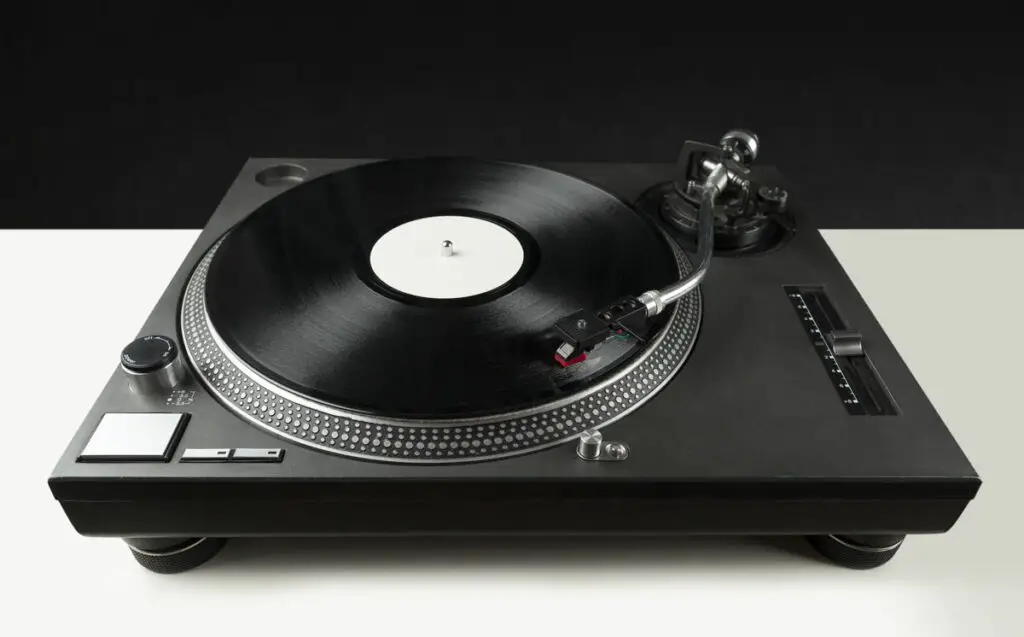
Turntable Position Best Practice:
Keep the Speakers Separate
It’s always best to isolate the speakers from your turntable. Avoid placing them on the same surface as the vibration will cause significant turntable resonance, which can degrade the sound quality—or worse, cause the stylus to skip during playback. Speaker positioning is also important, but that’s a topic for another day.
You can further improve the isolation of your turntable using an isolation platform, and in some case, you can upgrade the turntable feet for a model with better isolation or vibration absorption properties. View our full guide to isolation platforms, here.
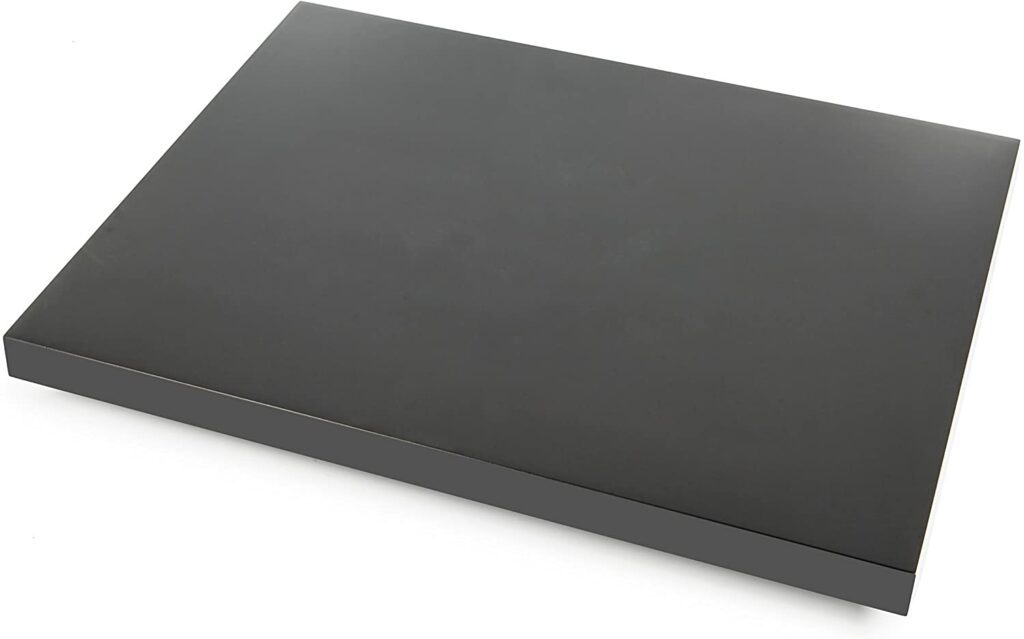
Cabinets with hairpin legs are great for additional isolation from floor-standing speakers, as the minimal floor contact reduces vibrations that can drive floorboards.
Solid concrete floors are ideal for reducing interference from footfall. If your house has suspended wooden floors and footfall vibration becomes a problem, you might want to consider investing in a secure wall fitting to isolate the turntable.
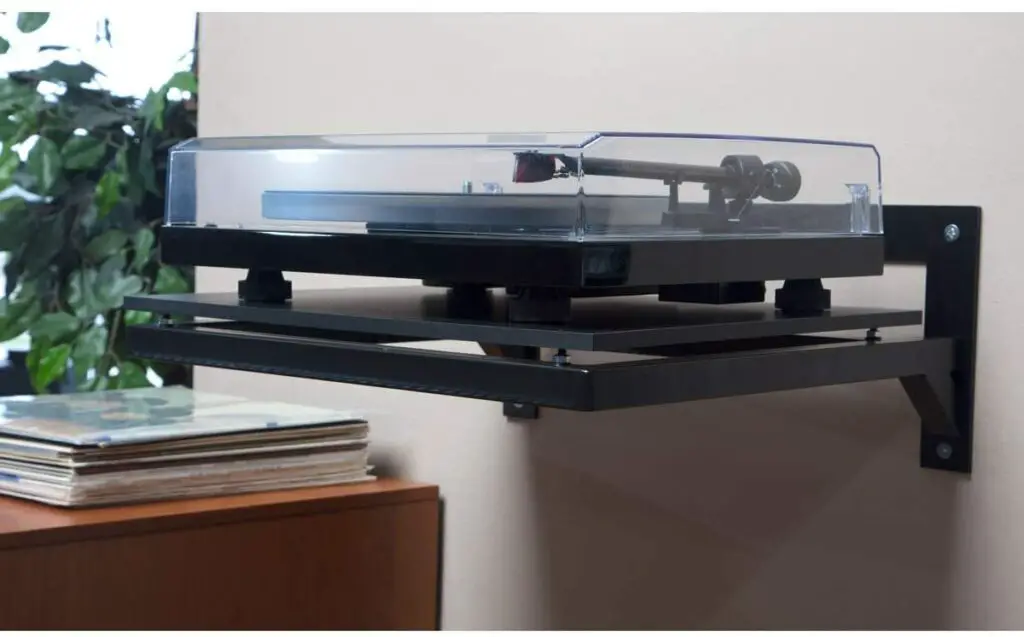
For circumstances where you absolutely can’t place your speakers on separate stands or on another surface, you can mitigate the problem by placing isolation pads under the speakers. With smaller speakers at lower volumes, this may be enough to avoid excessive vibration or feedback issues. Bass frequencies are the most difficult to control when placing speakers on the same surface as a turntable. This is because bass frequencies can more easily travel through surfaces. Naturally, isolation pads and plinths will more effectively absorb higher frequencies than heavy bass.
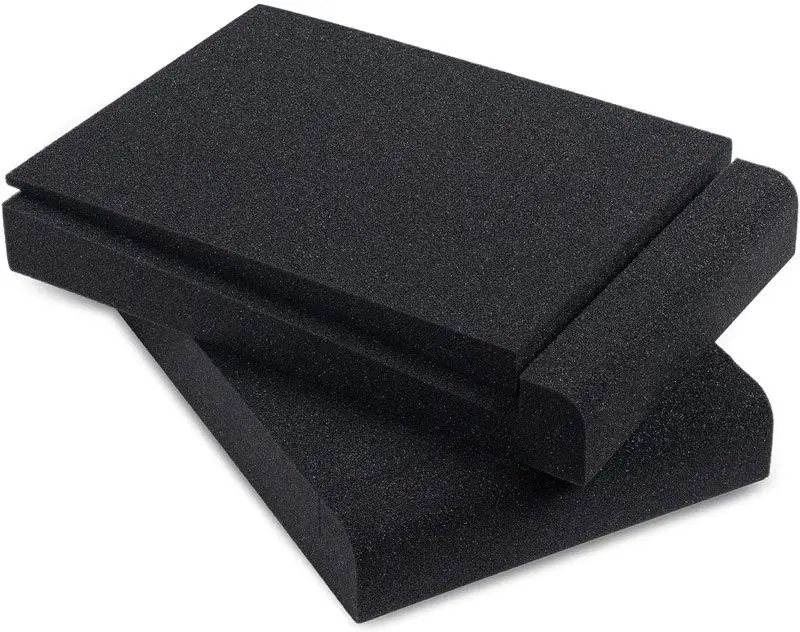
Choose a Level Surface
Whatever surface you choose for your turntable, be it a dedicated stand or on top of a record storage cabinet, always ensure the surface is flat and as level as possible. You can use a spirit level to check and then make minor adjustments to the height of your turntable feet until you achieve a perfect level.
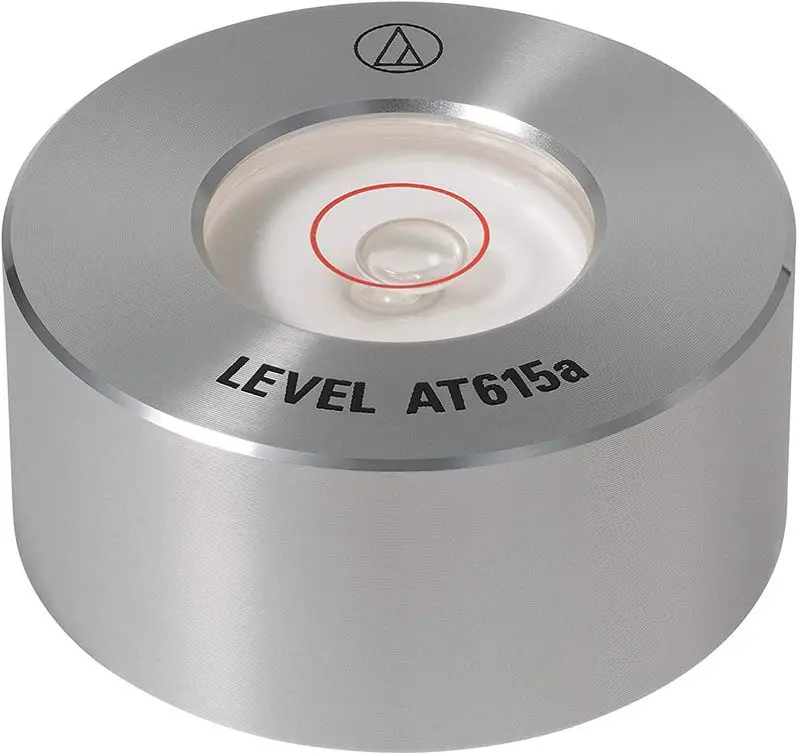
Minimize Exposure to Potential Interference
Other electronics can cause hum or buzz in your system, so it’s best to keep your turntable as far away as you can from potential EMI (electromagnetic interference) sources. High-powered electronics, wireless transmitters, or lighting circuits are common causes of interference. Keep your RCA phono cables away from power sources and try to position the turntable away from other devices.
Analog systems will always have a degree of noise, but you want to reduce this as much as possible so that it isn’t audible above the music.
Buzzing in your system can also be caused by a ground loop, so if equipment and cable positioning doesn’t get rid of the noise, you’ll need to ensure the turntable is grounded properly. You can distinguish the difference between proximity hum (EMI) and ground loop hum by the frequency. A proximity EMI hum will kick out a 60Hz hum, whereas a ground loop is 120Hz. The former sounds like a gentle hum and the latter sounds more like an angry insect.
Buzzing in an audio system can, on some occasions, be persistent and difficult to pin down to a single cause, this is a whole other topic in its own right. For the purpose of turntable placement, we primarily want to consider proximity to potential interference sauces. It’s always best to avoid placing your turntable on top of your receiver or amplifier, as these can emit large amounts of potentially troublesome EMI.
Avoid Extreme Temperatures
It goes without saying that you should avoid placing your turntable anywhere where it might be exposed to extreme changes in temperature. Sources can include direct sunlight, radiators, heaters, and air conditioning units. The more stable the environment, the less susceptible your turntable will be to damage; the same goes for your records while they’re on the platter spinning!
Got a turntable placement tip you think we’ve left out? Let us know in the comments below.

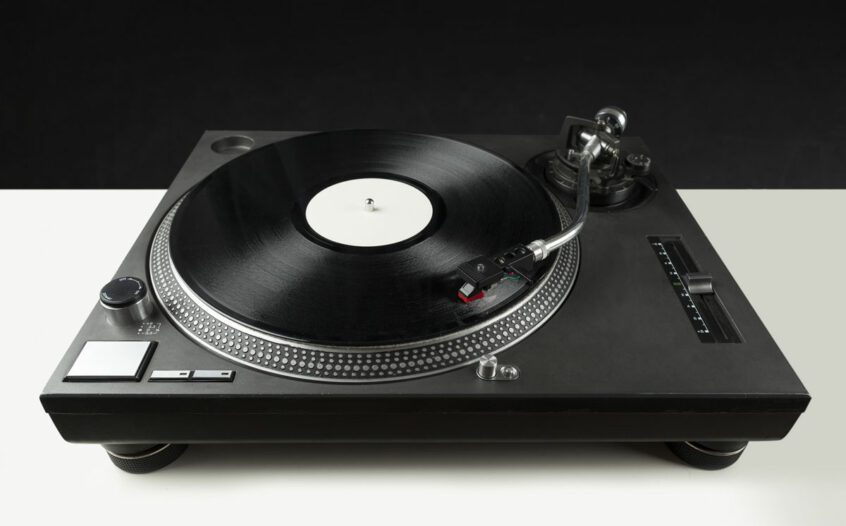


The true physical media evokes and jostles a music enthusiast. LP covers were (are?) often more engaging and exciting than some of the sound tracks. In short, these package either add to, or diminishes, the actual musical experience. This is true for CD’s as well. Onecan fawn over, and paw over these pictures, symbols, basic stories, the actual physical media while listening and eventually a personal relationship with the music and the performers and the hard physical media is constructed. Downloads carry none of this packaging, inspired artistic covers and readable material about the contents of the physical medium. Ground is not easily broken for the eventual construction of a personal relationship. I digitized all my LP albums and copied CDs to computer as well with the intention of preserving the music in its most pristine condition upon purchase. Now I am left with long lists of titles, technical data about the track (pretty uninteresting.) In reading down the digital lists I miss the the warmth of packaging and liner notes are not available from I do not evoke the warmth of packaging, artwork and band stories …none of which is easily copied to the computer, although tiny pics of covers are sometimes available even on a list and these are small, illegible and often “cool” attempting little actual connection with the listener, the archivist, music and the performers.
Whereas in the past I would paw through LPs and CDs to find something I would like to hear, I get no guidance from the artworks and data because I don’t have access to that info from the computer list, no visual indication of how old the recording is whereas LP covers remind of how much I listened to the music already and/or how much the cardboard has aged in my closet! There are some personal feelings aroused by the cardboard and actual physical media I can hold in my hand in the attempt to recover the original meaning of the performer/music, that is, how I felt about these tracks in the past.
The takeaway for me from this digitizing project is that I listen less to music overall and have to find good music from clues on the list rather than artwork jackets etc. Archiving all this music (I have 150,000 mp3 files and about 70,000 flac tracks.) Digitizing the recordings has had the unexpected consequence that I simply don’t listen as much, a negative outcome of this organizing project. The impersonal long lists of tracks, the convenience of having it altogether in one place is offset by the cooling of my own enthusiasm for the music and I have to figure this out.